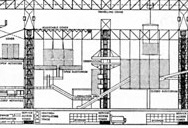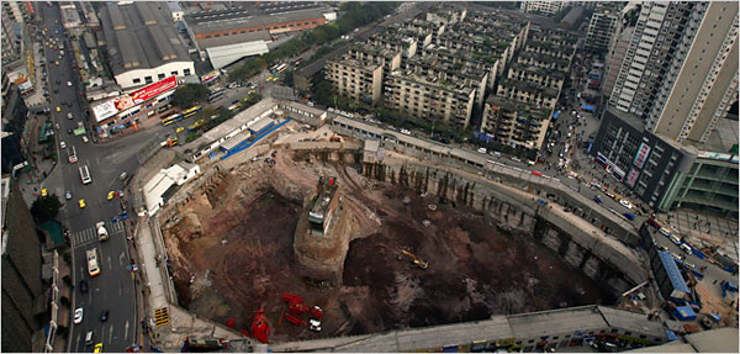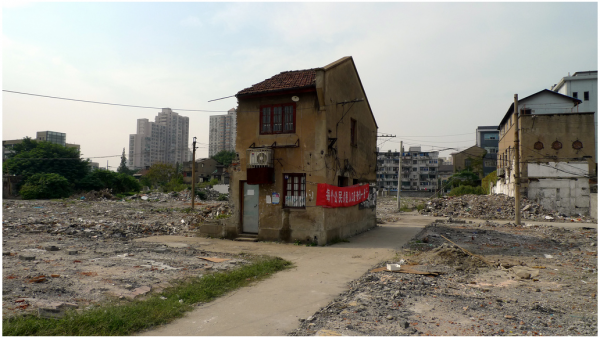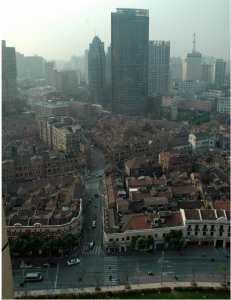blog
Latent City
Domestic Robocop
Passing Cloud
http://www.dezeen.com/2011/10/17/passing-cloud-by-tiago-barros/
If you’re not worried about where you go or how fast you get there, this enormous inflatable cloud is the mode of transport for you.
Predominant winds would determine the routes and speed of the hovering cloud, which would move from place to place without any fixed destinations.
Passengers would board the cloud using ladders and would simply sit on the surface during travel.
Inside the nylon-covered balloon, a steel skeleton like that of a zeppelin airship would support the object’s structure.
New York architect Tiago Barros proposed the design for a transport network of floating clouds in the sky to the Van Alen Institute and the Department of Cultural Affairs of New York City, who were expecting competition entries for a high-speed rail network.
We also published a story about a city on a cloud back in 2007 – see our earlier story here and see more projects that feature weather here.
If airships are your thing, see more of them here.
Here’s some more from the architect:
Passing Cloud
Passing Cloud is a recently submitted project for the international ideas competition: Life at the Speed of Rail, organised by the Van Alen Institute and partly funded by the Department of Cultural Affairs of New York City.
Although it wasn’t one of the winning proposals, Passing Cloud reveals a strong conceptual approach that is worth noting: It is a new vision on traveling, based on the old Zeppelins.
Nowadays, traveling is achieved with this idea of having a fixed destination and an estimated time of arrival. Passing Cloud completely inverts this system. A floating device is introduced that travels around the entire USA territory according to current predominant winds. It has no fixed time of arrival or place for arrival. The journey becomes the essence. Imagine traveling at wind speeds in a totally sustainable object that leaves no Human trace behind.
This project envisions a distinct approach towards moving around the United States being also a revival of the act of traveling. Why traveling at high speed? Why having the final destiny always defined? And why always departing and arriving on a tight schedule? Nowadays, everything is set and everyone is always running around. It is time to reconsider the act of traveling and start enjoying it accordingly.
The Passing Cloud is an innovative and environmentally friendly method of transportation that doesn’t require expensive steel tracks or concrete highways. It is made of a series of spherical balloons that form the shape of a cloud. Its inner stainless steel structure is covered with heavy weight tensile nylon fabric. During the journey, It moves according to prevailing winds speed and direction at the time of travel. Since it moves with the wind, no wind is ever felt during the trip, offering the passengers a full “floating sensation”.
It’s an unique journey. The feeling of floating in the atmosphere – on top of a cloud – with an open schedule and unknown final destiny. All National Ground would be potentially covered at virtually no cost and the help of the wind. The journey becomes your destiny.
Project data:
Organiser: Van Alen Institute
Competition: June 2011
Design Team: Tiago Barros
Location: USA
Smart Materials Will Give Buildings Muscles
Self-organizing structures in Grasshopper
Daniel Piker has a few interesting experiments in Grasshopper that deal with self-organization of geometries and forms. One in particular is his sketch of surface tension.
Link to his blog post
Cities, Surveillance, Film
“Honeywell has already started helping the police to set up an elaborate computer monitoring system to analyze feeds from indoor and outdoor cameras in one of Beijing’s most populated districts, where several Olympic sites are located.”
“All of this also highlights the increasingly intense overlap between film production, the political administration of urban space, and the private security industry, whereby three otherwise unrelated fields become nearly indistinguishable from one another – or, perhaps more accurately phrased, they become erstwhile partners in pursuit of different goals. “
at BLDGBLOG
Cedric Price, Fun Palace, Potteries and other projects
Nail Houses
Nail Houses are becoming a common sighting in the news about new construction in China. The term was coined in reference to the fact that these houses are like a “stubborn nail” which is difficult to remove; a nuisance essentially. In Beijing in 2004, when confronted with plans for a shopping mall, which would displace 281 families, Wu Ping was the only resident to reject the offers the city gave for a new house or compensation. She became a media frenzy and spoke out against the policies surrounding new construction which is becoming all too common in many residential areas in China.
Considering the amounts of opposition to demolition in China:
- How is the government selecting these sites?
- Is there a better way to gauge the criteria in how site selection will affect the city?
- Is this merely a product of high-density living/lack of open space?




